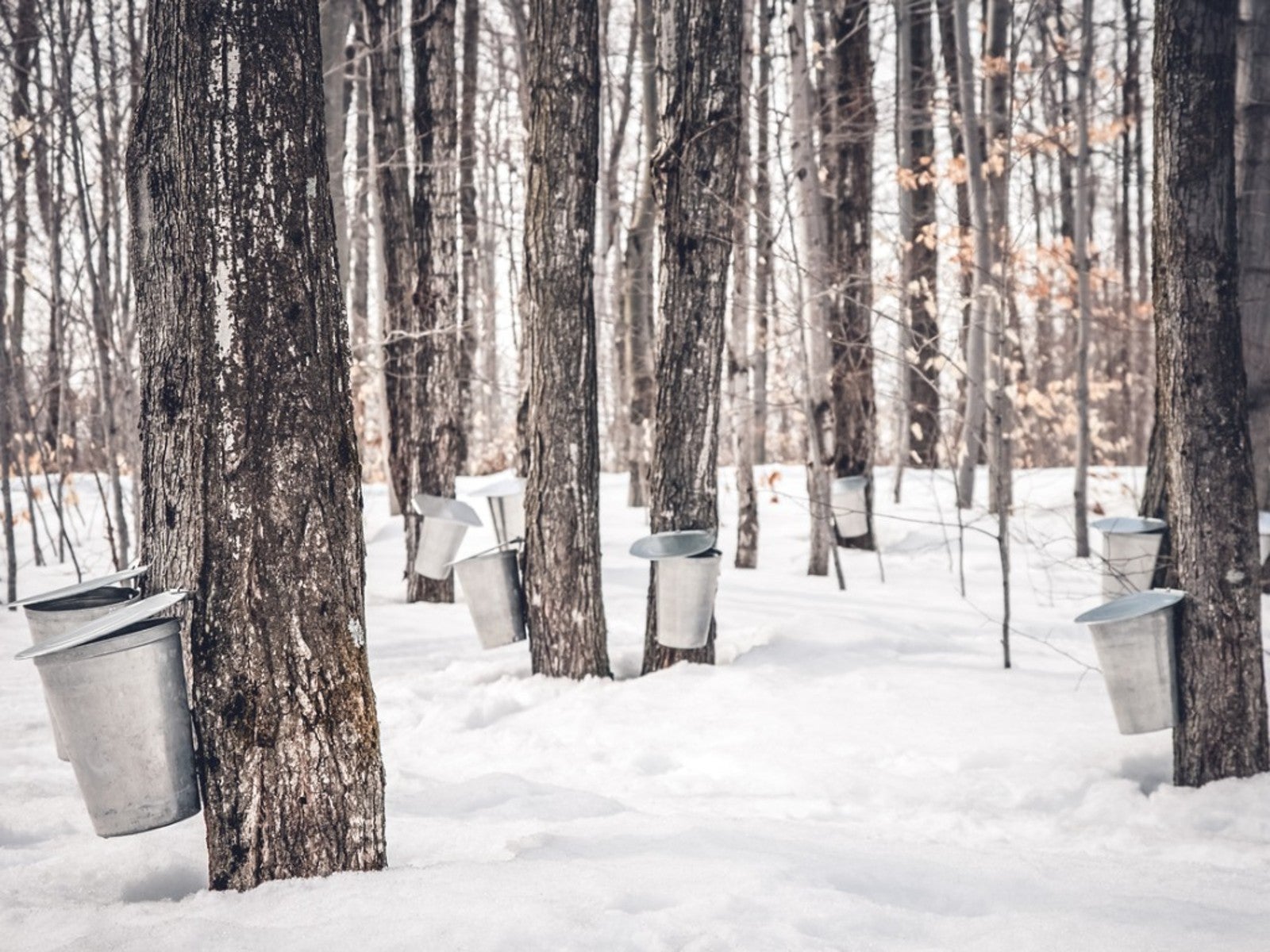Alternatives To Maple Syrup: Different Trees You Can Tap For Sap


Something about tapping trees for sap appeals to gardeners. It’s another “crop” that can be gathered in winter and transformed into sugary syrup. While the best known, and arguably all-round best tree for tapping is the sugar maple, most maple trees and many other trees can be tapped for syrup as well.
As winter marches toward spring, you may want to try making your own syrup. Read on for information on other trees you can tap for sap – and what to do with the sap when you get it.
Tapping Trees for Sap
Long before colonists set foot on this continent, Native Americans were tapping trees for sap. They learned that extracted maple sap could be transformed into a sweet syrup and passed this information on to the settlers. The process of tapping trees for sap is still used today.
Sugar maple (Acer saccharum) is the favorite species for tapping. It offers generous amounts of sap with a high sugar content of some 2.0 percent. But you can use the sap from other trees for syrup too. In fact, most maple trees are excellent candidates for tapping and produce different types of syrup.
Other Trees for Syrup
When it comes to tapping trees for sap, many maple varieties are excellent options. Walnuts and birch trees can work well too, and boxelder and sycamore have also been tapped. The sugar content of their sap is less than that of sugar maple, so it takes more sap to create a gallon of syrup. With sugar maple trees, it takes about 40 gallons (151.4 L.) of sap, but with other trees, the ratio can be double.
Some of the best alternative maple trees for tapping include the red maple (Acer rubrum), silver maple (Acer saccharinum), and boxelder (Acer negundo). What about other trees for syrup? Birch syrup production is popular among maple sugar producers since the sap in birch trees doesn't start flowing until the sap flow in maples is ending in early spring. With birches, it takes 150-200 gallons (567.8 – 757 L.) of sap to produce one gallon (3.78 L.) of syrup.
Walnut trees, especially black walnut (Juglans nigra), are also trees you can tap for sap. The syrup from walnuts tastes a lot like maple syrup but a little nuttier. One potential issue with tapping walnut trees is the pectin levels in the sap that can make filtering it extremely difficult.
Sign up for the Gardening Know How newsletter today and receive a free copy of our e-book "How to Grow Delicious Tomatoes".
How to Tap Trees for Sap
If you are ready to jump into this popular wild-fooding pastime, you may need some basic information on how to tap trees for sap. The process itself is quite simple and undertaken in late winter when nighttime temperatures are below freezing and daytime temperatures are above freezing. You drill small, shallow holes into the trunk of the trees to be tapped and insert small wooden or metal spouts called spiles. These are used to direct the sap into buckets.
After the sap is collected, you must heat it to boil off the excess water. You can do this over a propane burner. The sap turns into sugar at 219 degrees Fahrenheit (103.8 Celsius) when the sugar content reaches about 66 percent.
If this sounds appealing, by all means give it a try. A tap or two will not injure a healthy tree, and a single tap can yield 10 to 20 gallons (37.8 to 75.7 L.) of sap.

Teo Spengler is a master gardener and a docent at the San Francisco Botanical Garden, where she hosts public tours. She has studied horticulture and written about nature, trees, plants, and gardening for more than two decades, following a career as an attorney and legal writer. Her extended family includes some 30 houseplants and hundreds of outdoor plants, including 250 trees, which are her main passion. Spengler currently splits her life between San Francisco and the French Basque Country, though she was raised in Alaska, giving her experience of gardening in a range of climates.